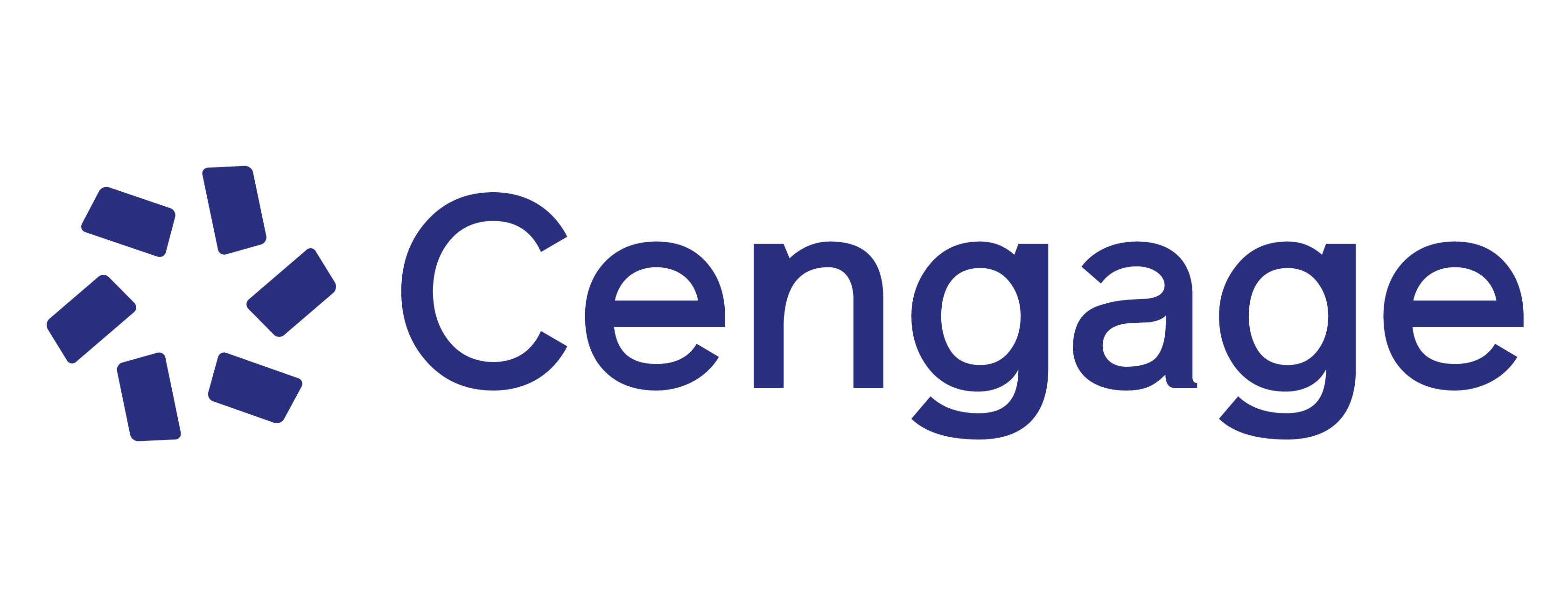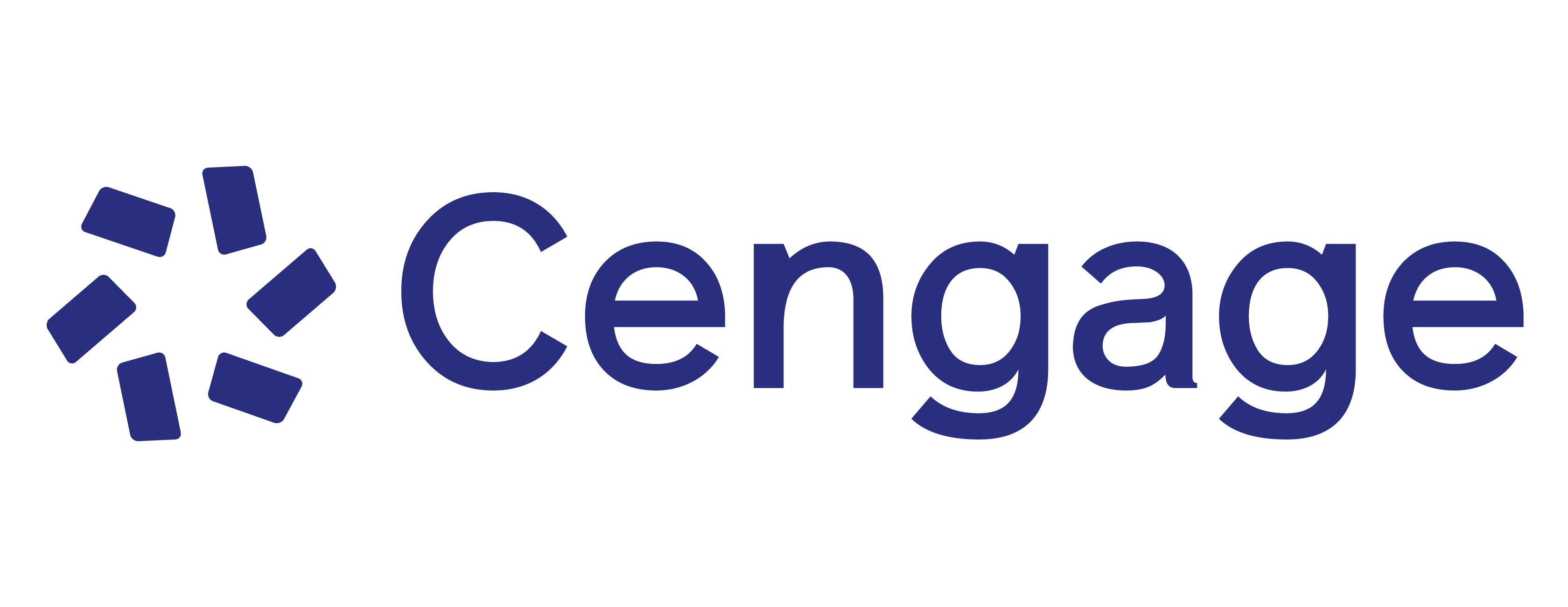Gain a solid understanding of what is arguably the most critical and complex component of global supply chains with Novack/Gibson/Suzuki's TRANSPORTATION: A GLOBAL SUPPLY CHAIN PERSPECTIVE, 10E. You learn the fundamental role and importance of transportation in companies and society as you study the current complex environment of transportation service. The authors introduce the role of transportation in supply chains and provide an overview of the operating and service characteristics, cost structure and challenges that today's transportation providers face. Updates throughout this edition highlight critical transportation management issues with insights into the strategic activities and challenges in the movement of goods through the supply chain. You examine global topics with the latest coverage of hard and soft technology and interesting discussions of fuel, energy, managerial, economic and environmental issues.
Part I.
1. Global Supply Chains: Role and Importance of Transportation
2. Transportation and the Economy.
3. Transportation Technology and Systems.
4. Costing and Pricing for Transportation.
Suggested Readings for Part I.
Part II.
5. Motor Carriers.
6. Railroads.
7. Airlines.
8. Water Carriers and Pipelines.
9. Logistics Services
Suggested Readings for Part II.
Part III.
10. Transportation Risk Management.
11. Global Transportation Management.
12. Transportation Regulation and Public Policy.
13. Issues and Challenges for Global Supply Chains.
Suggested Readings for Part III.
Glossary.
Name Index.
Subject Index.
-
Robert A. Novack
Robert Novack is an Associate Professor of Business Logistics in the Department of Supply Chain and Information Systems at Penn State University. From 1979 to 1981 he worked in operations management and planning for the Yellow Freight Corporation in Overland Park, Kansas, and from 1981 to 1984 he worked in planning and transportation at Drackett Company in Cincinnati, Ohio. Dr. Novack’s numerous articles have been published in such publications as the Journal of Business Logistics, Transportation Journal, and International Journal of Physical Distribution and Logistics Management. Dr. Novack has also co-authored TRANSPORTATION: A SUPPLY CHAIN PERSPECTIVE, and SUPPLY CHAIN MANAGEMENT: A LOGISTICS PERSPECTIVE. Active in the Council of Supply Chain Management Professionals, he has served as overall program chair for the annual conference, functioned as a track chair, and served as a session speaker as well as participated as a member of numerous committees. Dr. Novack holds the CTL designation from AST&L and is a member of WERC. He earned his B.S. degree and an M.B.A. in logistics from Penn State University and his Ph.D. in logistics from the University of Tennessee.
-
Brian Gibson
Brian Gibson is a professor of supply chain management and program coordinator for the Department of Aviation and Supply Chain Management at Auburn University. He served for five years on the faculty of Georgia Southern University as director of the Southern Center for Logistics and Intermodal Transportation, and he also has 10 years of experience as a logistics manager for two major retailers. An accomplished faculty member, Dr. Gibson has received multiple awards for outstanding teaching, research, and outreach−most notably the 2006 Auburn University Alumni Association Undergraduate Teaching Excellence Award. He has coauthored more than 50 refereed and invited articles in the JOURNAL OF BUSINESS LOGISTICS, SUPPLY CHAIN MANAGEMENT REVIEW, INTERNATIONAL JOURNAL OF LOGISTICS MANAGEMENT, INTERNATIONAL JOURNAL OF PHYSICAL DISTRIBUTION AND LOGISTICS MANAGEMENT, and other leading publications. He is actively engaged in executive education, seminar development, and consulting with leading organizations. Dr. Gibson serves in leadership roles for the Council for Supply Chain Management Professionals, the Distribution Business Management Association, and the Retail Industry Leaders Association. He earned a BSBA from Central Michigan University, an MBA from Wayne State University, and a Ph.D. in logistics and transportation from the University of Tennessee.
- Yoshinori Suzuki
-
UPDATED COVERAGE ADDRESSES CURRENT DOMESTIC AND GLOBAL TRANSPORTATION TRENDS: This current presentation ensures a thorough understanding of key transportation issues impacting today's market. Students examine the increased importance the U.S. has placed on transportation security both within and outside of its borders. Students also review how the dramatic volatility in worldwide fuel prices has placed a strain on transportation costs and capacity. The latest discussions clearly depict transportation as one of the most critical and most vulnerable components of global supply chains.
-
MEANINGFUL, CURRENT HANDS-ON APPLICATIONS KEEP STUDENTS INVOLVED AND ENGAGED: Significant group and individual projects and a variety of professional activities throughout this edition emphasize hands-on learning and provide plenty of opportunities for your students to apply the principles they've learned.
-
EXPANSIVE END-OF-CHAPTER MATERIALS OFFER IN-CLASS DISCUSSION PROMPTS AND HOMEWORK ASSIGNMENTS: Updated content at the end of each chapter includes a Summary, Study Questions and two Cases with Case Questions. These cases require students to apply chapter concepts to real-world scenarios and think critically about the concepts. Both study questions or cases can prompt lively in-class discussion or debate.
-
HELPFUL INSTRUCTOR TEACHING RESOURCES PROVIDE TIME-SAVING SUPPORT: You can find the tools you need all in one place, online at faculty.cengage.com. This edition provides an up-to-date instructor manual, Cengage Testing proven test bank and accompanying content-driven PowerPoint® slides.
-
UPDATED COVERAGE ADDRESSES CURRENT DOMESTIC AND GLOBAL TRANSPORTATION TRENDS: This current presentation ensures a thorough understanding of key transportation issues impacting today's market. Students examine the increased importance the U.S. has placed on transportation security both within and outside of its borders. Students also review how the dramatic volatility in worldwide fuel prices has placed a strain on transportation costs and capacity. The latest discussions clearly depict transportation as one of the most critical and most vulnerable components of global supply chains.
-
MEANINGFUL, CURRENT HANDS-ON APPLICATIONS KEEP STUDENTS INVOLVED AND ENGAGED: Significant group and individual projects and a variety of professional activities throughout this edition emphasize hands-on learning and provide plenty of opportunities for your students to apply the principles they've learned.
-
EXPANSIVE END-OF-CHAPTER MATERIALS OFFER IN-CLASS DISCUSSION PROMPTS AND HOMEWORK ASSIGNMENTS: Updated content at the end of each chapter includes a Summary, Study Questions and two Cases with Case Questions. These cases require students to apply chapter concepts to real-world scenarios and think critically about the concepts. Both study questions or cases can prompt lively in-class discussion or debate.
-
HELPFUL INSTRUCTOR TEACHING RESOURCES PROVIDE TIME-SAVING SUPPORT: You can find the tools you need all in one place, online at faculty.cengage.com. This edition provides an up-to-date instructor manual, Cengage Testing proven test bank and accompanying content-driven PowerPoint® slides.


